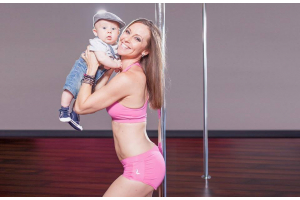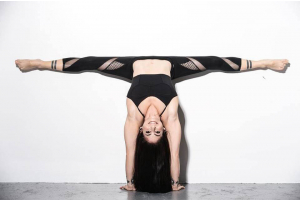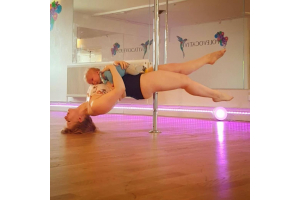Training 101: What is DOMS?

Class is in session, and today we’re discussing everything DOMS.
What is DOMS you ask? Well, DOMS stands for Delayed Onset Muscle Soreness, and most of us have experienced it at one point or another. Ever done a bunch of squats at the gym, and then getting on and off the toilet feels like a do or die task? And don’t even talk about getting up stairs the next day.
Yep, that’s DOMS.
Most people feel like DOMS is a sign that they worked hard, but is it necessarily a good thing? Not always. Let’s discuss:
Some Facts About DOMS
DOMS is most commonly felt between 24-72hrs after training. That’s why you usually feel okay after exercising, but wake up the next day and feel so sore.
We don’t fully understand DOMS but it’s believed to be caused by micro-trauma to the muscles.
It’s not to be confused with acute injury pain from tears, sprains and strains. This is a good place to add that if you’re concerned, seek advice from an appropriate medical professional such as a physiotherapist. DOMS pain should not last more than a handful of days.
Is DOMS Normal?
DOMS is most commonly felt when you’ve placed new and unfamiliar demand on muscles – such as your first pole class! You may remember feeling like you could barely move your arms the next day.
This is a normal experience and as you get used to the exercise, your experience with DOMS lessens, similar to how your skin gets conditioned to the pole.
DOMS and Workouts
You shouldn’t actively seek out getting DOMS as a benchmark for how tough a workout was.
DOMS doesn’t always mean that you’ve worked hard; it usually just means you’ve placed unfamiliar demand on your muscles. It can also be an indication from your body that you’ve overused certain muscles, or a sign of overtraining syndrome (we’ll talk more about that in another blog). It can also indicate that you’re close to injury, or impact on your training the next day when you’re too stiff and sore to workout.
Don’t Let DOMS Get You Down
Balance is key – don’t be scared off by DOMS the first time you try pole, or when returning to pole after a long layoff. If you’re consistently experiencing DOMS though, it might be time to take a break (again, seek advice from an appropriate medical professional).
You can avoid DOMS by gradually increasing the intensity of your new training. You might hear your teacher telling you to ‘ease into it’ when you first return after a long layoff, or at your first few classes, which will help you avoid both DOMS and injury.
If you’ve got DOMS, don’t worry. Massage, sauna, low-intensity exercise, or anything that increases blood flow to the area may help to ease the pain. But otherwise it’ll pass in a few days, and the more your muscles adapt to poling the less it’ll hurt.
So the next time you head to pole class and can’t turn a steering wheel the next day, now you know why! If you’re looking to take your training to the next level and condition your muscles to the specific demands of pole, you can find our range of conditioning and training programs here.
What other topics would you like to see covered in our Training 101 series? Send us a message on Instagram to request a topic.












